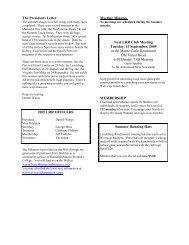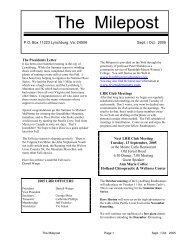Destinos: 27-52 The Main Grammar Points, and Exercises with ...
Destinos: 27-52 The Main Grammar Points, and Exercises with ...
Destinos: 27-52 The Main Grammar Points, and Exercises with ...
You also want an ePaper? Increase the reach of your titles
YUMPU automatically turns print PDFs into web optimized ePapers that Google loves.
6<br />
USES OF THE FUTURE.<br />
Tú leerás y yo prepararé la cena.<br />
Escribirán la carta mañana.<br />
You’ll read <strong>and</strong> I’ll prepare dinner.<br />
<strong>The</strong>y’ll write the letter tomorrow.<br />
This tense is not used as much in Spanish as the future tense is in English, for two reasons. First,<br />
because the IR + A + INFINITIVE construction is very common for expressing future action. It<br />
is also very common in Spanish to use the simple present tense for actions in the near future:<br />
Vas a leer y yo voy a preparar la cena. (or, Tú lees y yo preparo la cena.)<br />
Van a escribir la carta mañana.<br />
(or, Escriben la carta mañana.)<br />
<strong>The</strong> Future of Probability<br />
A special use of the future tense in Spanish--<strong>and</strong> probably its most common use--is to express<br />
probability in the present:<br />
¿Dónde estará Marta?<br />
No sé. Estará en su cuarto.<br />
Where can Marta be?<br />
I don’t know. She’s probably in her room.<br />
II. THE SUBJUNCTIVE: A NEW VERB SYSTEM<br />
Overview.<br />
First of all, the subjunctive is not a new verb tense, but rather an entire, new verb system. <strong>The</strong><br />
subjunctive, which is also called the subjunctive mood, has four tenses: present subjunctive,<br />
present perfect subjunctive, past subjunctive (sometimes referred to as imperfect subjunctive), <strong>and</strong><br />
past perfect subjunctive.<br />
Up until now, all of the tenses you have learned in Spanish have been part of the indicative mood<br />
or verb system: the present, progressive, preterite, imperfect <strong>and</strong> future are all indicative tenses.<br />
<strong>The</strong>y were not called present indicative, preterite indicative, imperfect indicative, etc., because<br />
the indicative was the only verb system you knew, <strong>and</strong> so the distinction between the indicative<br />
<strong>and</strong> the subjunctive was unnecessary. Now this distinction is important. If you look at the Verb<br />
Charts in your texts (these begin on page 511), you will notice that the tenses are divided into<br />
indicative <strong>and</strong> subjunctive categories.<br />
We shall spend a great deal of time comparing these two verb systems in the lessons ahead. In<br />
very general terms, the indicative mood indicates, that is, it states facts <strong>and</strong> gives information, <strong>and</strong><br />
refers to events or information which are definite in the mind of the speaker; the subjunctive mood<br />
expresses a subjective attitude toward information, or refers to events <strong>and</strong> information that are not<br />
definite in the mind of the speaker, or about which the speaker has doubts or other subjective<br />
feelings (such as desire, denial, approval or disapproval). Before discussing the uses of the<br />
subjunctive mood in Spanish, let us consider its formation.<br />
FORMING THE PRESENT SUBJUNCTIVE TENSE


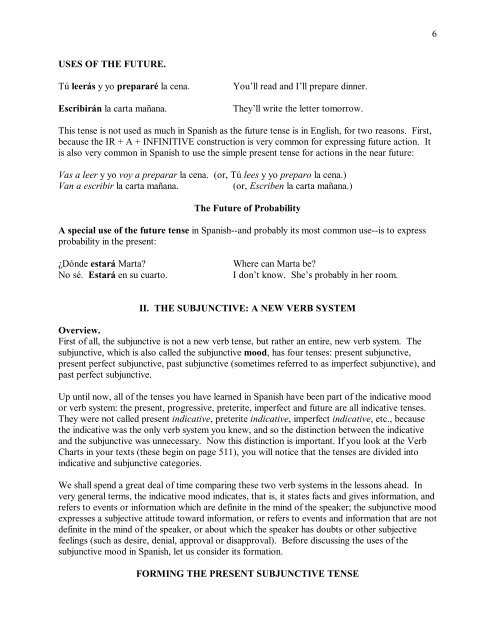

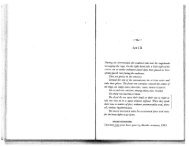
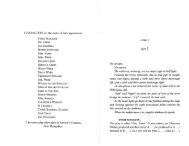

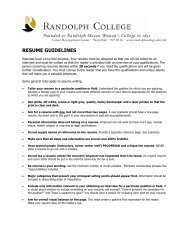

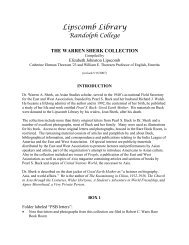
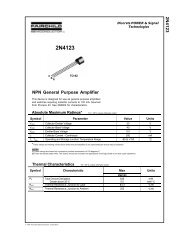

![Cast & Crew List [Program Copy pdf] - Randolph College](https://img.yumpu.com/38268916/1/190x123/cast-crew-list-program-copy-pdf-randolph-college.jpg?quality=85)

